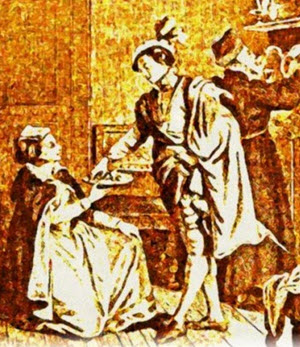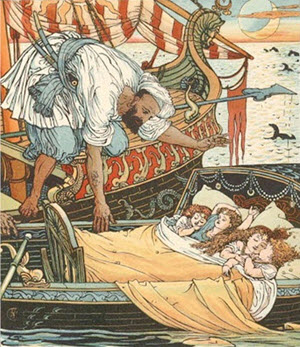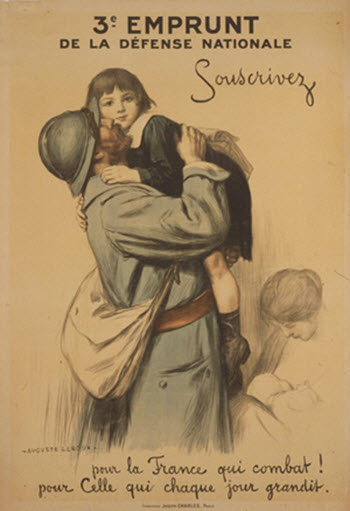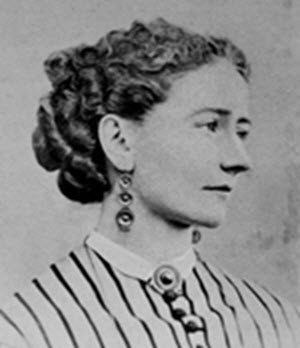Medieval Libraries and ManuscriptsS. GERMAIN DES PRÉS.
Most of us, I take it, have more or less imperfect ideas of the appearance of a great monastery in the days of its completeness; and information on this point is unfortunately much more defective for our own country than it is for France. In illustration, therefore, of what I have been saying about the position of monastic libraries, I will next shew you two bird's-eye views of the Benedictine House of S. Germain des Prés, Paris. The first, dated 1687, shews the library over the south walk of the cloister, where it was placed in 1513. It must not, however, be supposed that no library existed before this. On the contrary, the House seems to have had one from the first foundation, and so early as the thirteenth century it could be consulted by strangers, and books borrowed from it. The second view, dated 1723, shews a still further extension of the library. It has now invaded the west side of the cloister, which has received[Pg 27] an upper storey, and even the external appearance of the venerable refectory, which was respected when nearly all the rest of the buildings were rebuilt in a classical style, has been sacrificed to a similar gallery. The united lengths of these three rooms must have been little short of 324 feet. This library was at the disposal of all scholars who desired to use it. When the Revolution came it contained more than 49,000 printed books, and 7000 manuscripts. The fittings belonged to the period of its latest extension: they appear to have been sumptuous, but for my present object, uninteresting. CHRIST CHURCH, CANTERBURY.
Views of S. Germain des Prés: (1) from Franklin, "Anciennes Bibliothèques de Paris," i. 126; (2) from Bouillart, "Histoire de l'Abbaye de S. Germain des Préz." At Canterbury the library, built as I have said, over the Prior's Chapel, was 60 feet long, by 22 feet broad; and we know, from some[Pg 28] memoranda written in 1508, when a number of books were sent to be bound or repaired, that it contained sixteen bookcases, each of which had four shelves. I have calculated that this library could have contained about 2000 volumes. CITEAUX.
I have shewn you a Benedictine House, and will next shew you a bird's-eye view of Citeaux, the parent house of the Cistercian Order, founded at the close of the eleventh century. The original was taken, so far as I can make out, about 1500, at any rate before the primitive buildings had been seriously altered. The library here occupied two positions—under the roof between the dormitory and the refectory (which must have been extremely inconvenient); and subsequently it was rebuilt in an isolated situation on the north side of the second cloister, over the writing-room (scriptorium). This was also the position of the new library at Clairvaux—the other great Cistercian House in France—the fame of which was equal to, if not greater than, that of Citeaux. Of this latter library we[Pg 29] have two descriptions; the first written in 1517, the second in 1723. Next: Sidenotes 2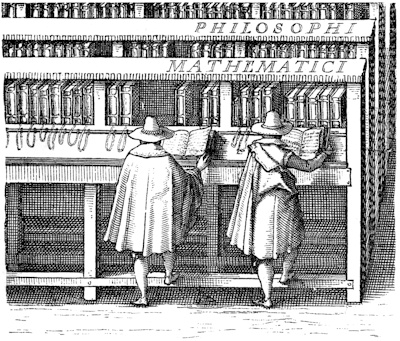
Books and Authors | |

